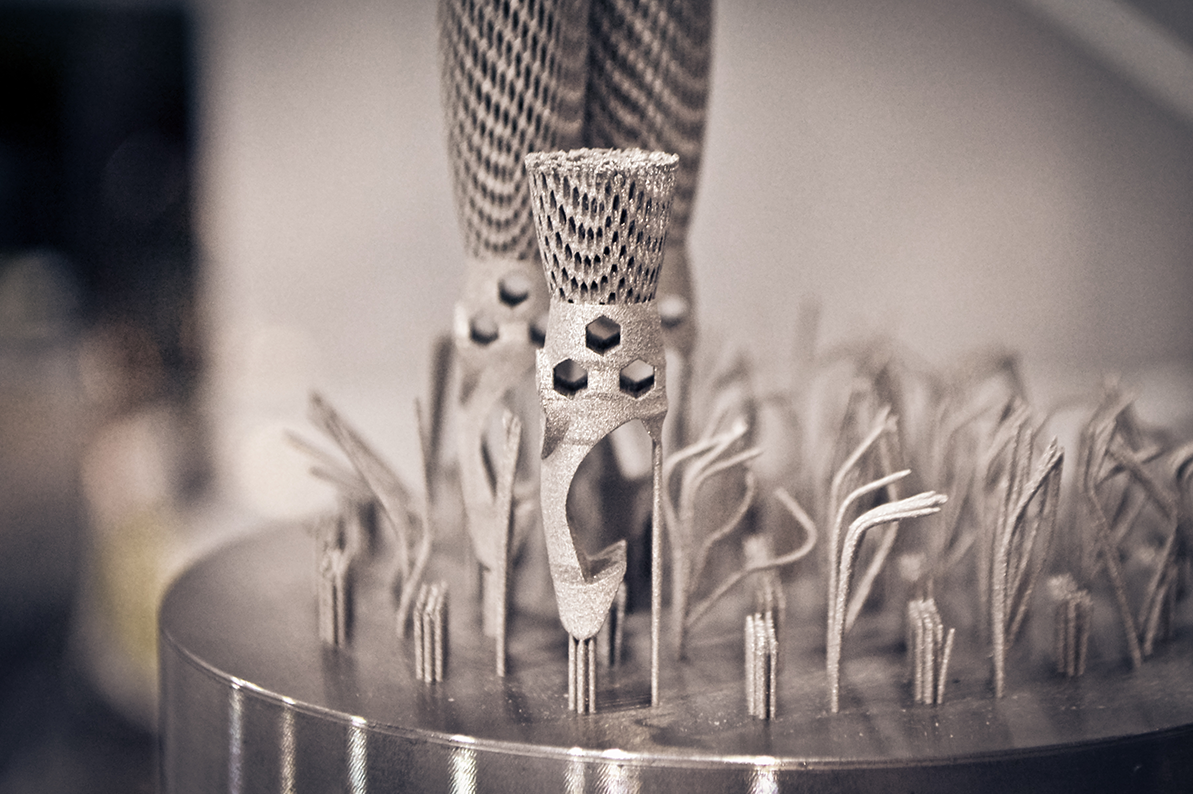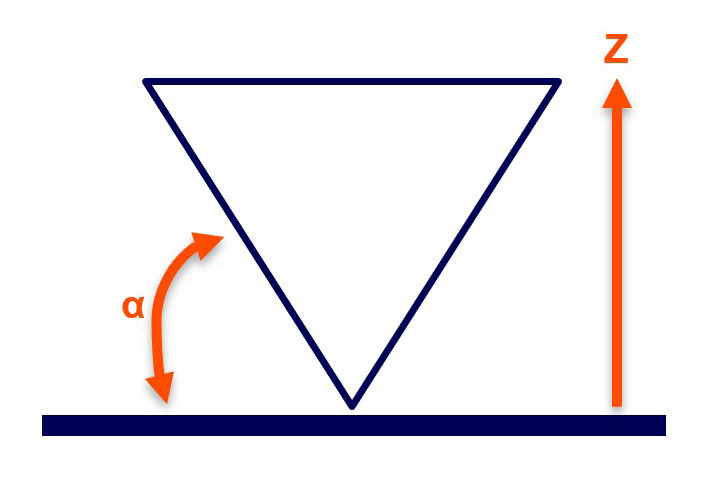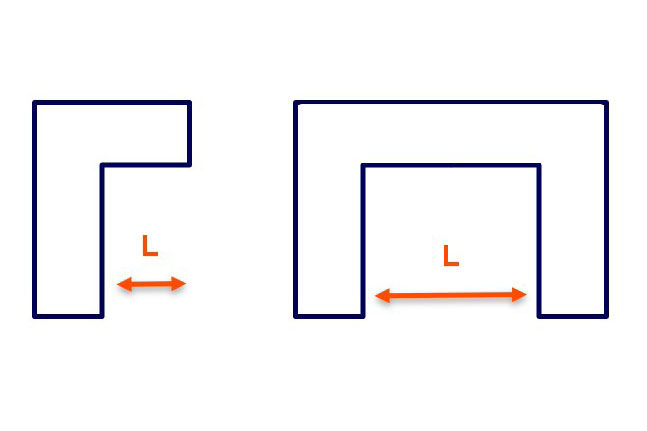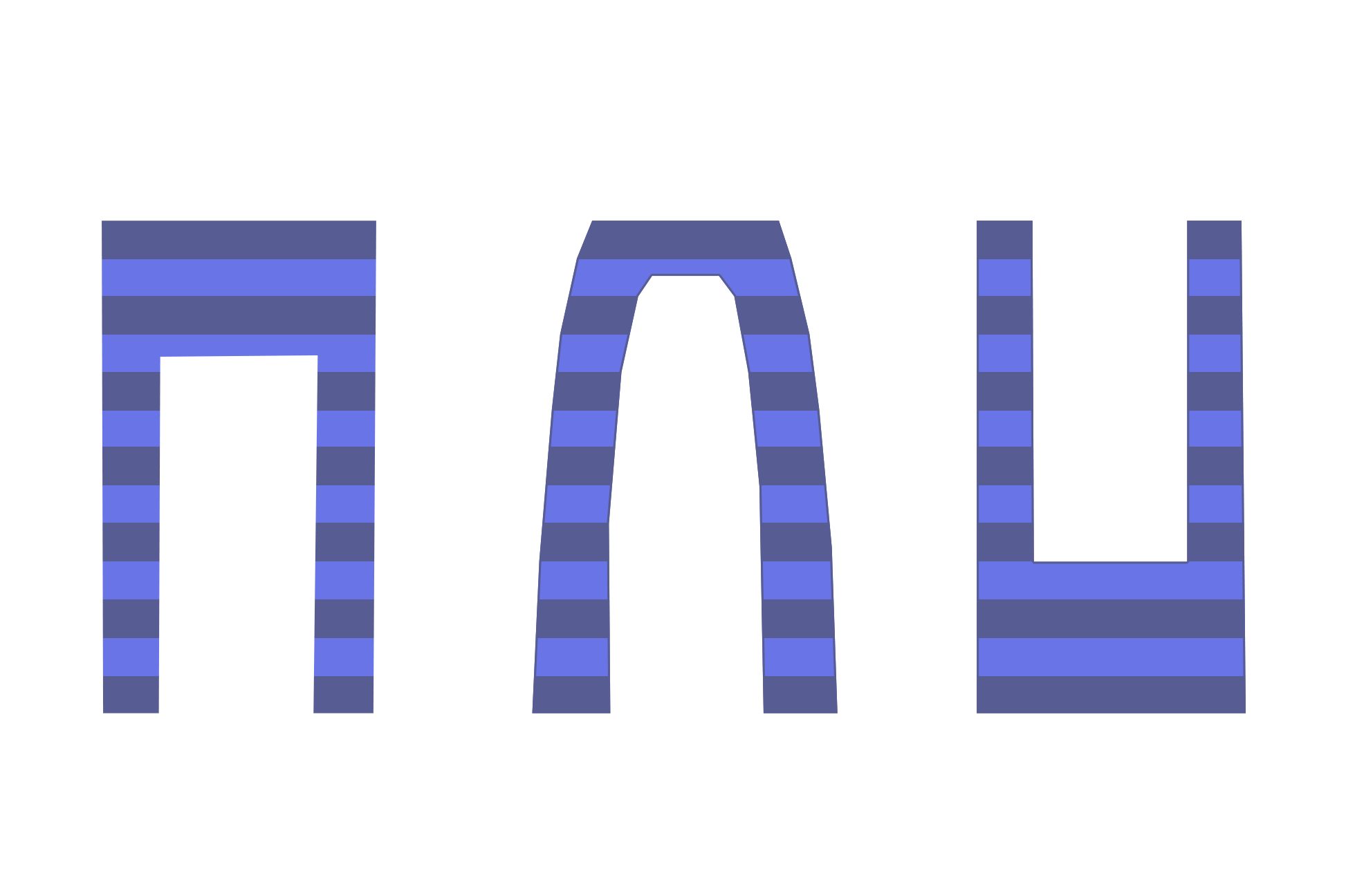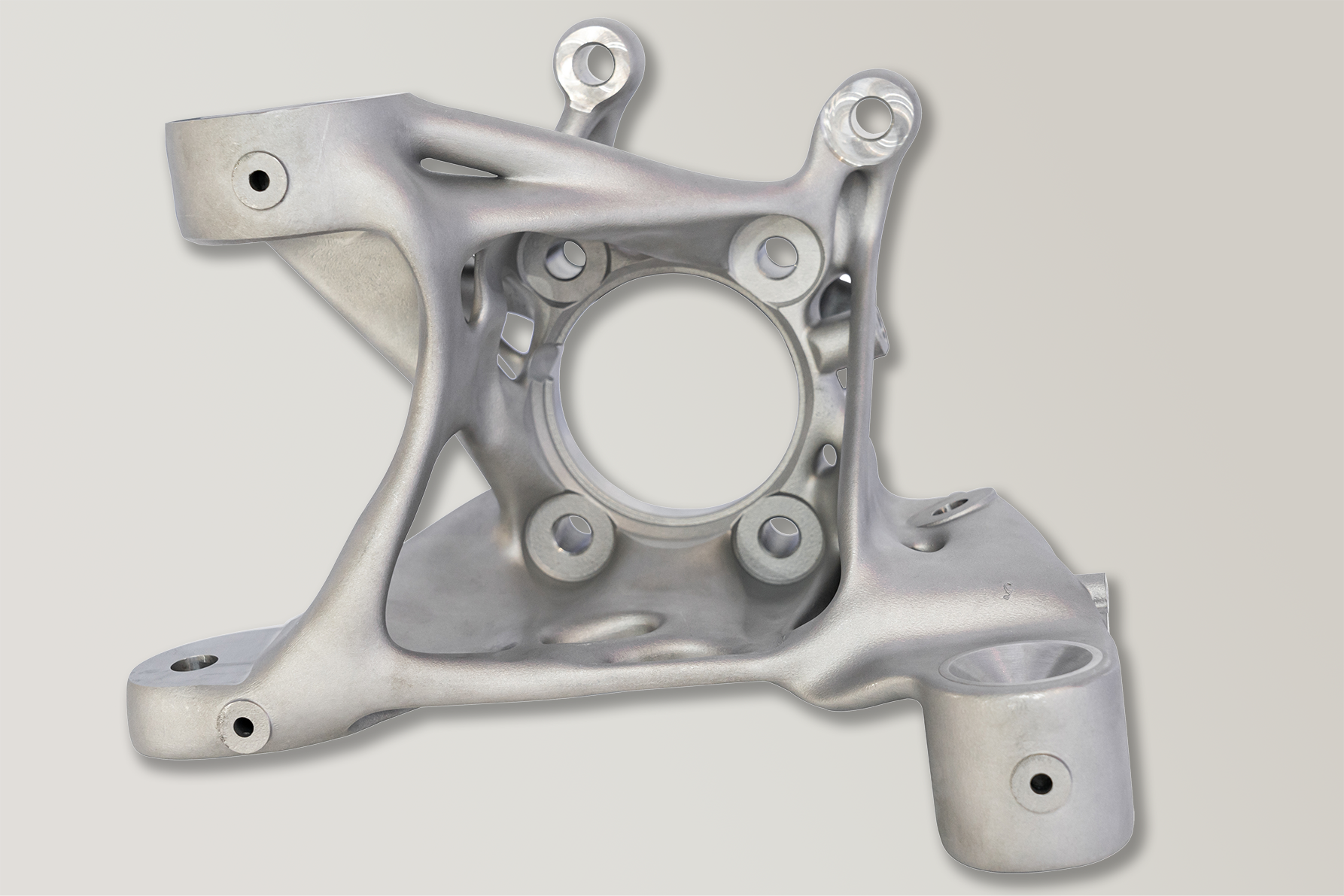3D metal printing has become an important branch of additive manufacturing. In particular, laser melting of metal using the SLM process enables the fast, economical production of components made of aluminum, stainless steel, tool steel, Inconel, titanium, copper and many other metallic materials. Below, you will learn what to consider during the design process.
Content:
- Basics for SLM metal printing
- Angle
- Support structures
- Thermal stress and shrinkage
- Tolerances
- Summary
- Notes for the order
In selective laser melting (SLM), the powdery, metallic starting material is melted at the processing points by the thermal energy of a high-power laser. Layer by layer, components are created that retain the specific properties of the starting material to the greatest possible extent, offer a density of 99.9% and are characterized by exceptional strength.
A unique, fine microstructure of the 3D-printed metal workpieces and excellent mechanical properties are characteristic of SLM 3D printing. In order for the parts to be a complete success, there are some guidelines to follow during the design process.


